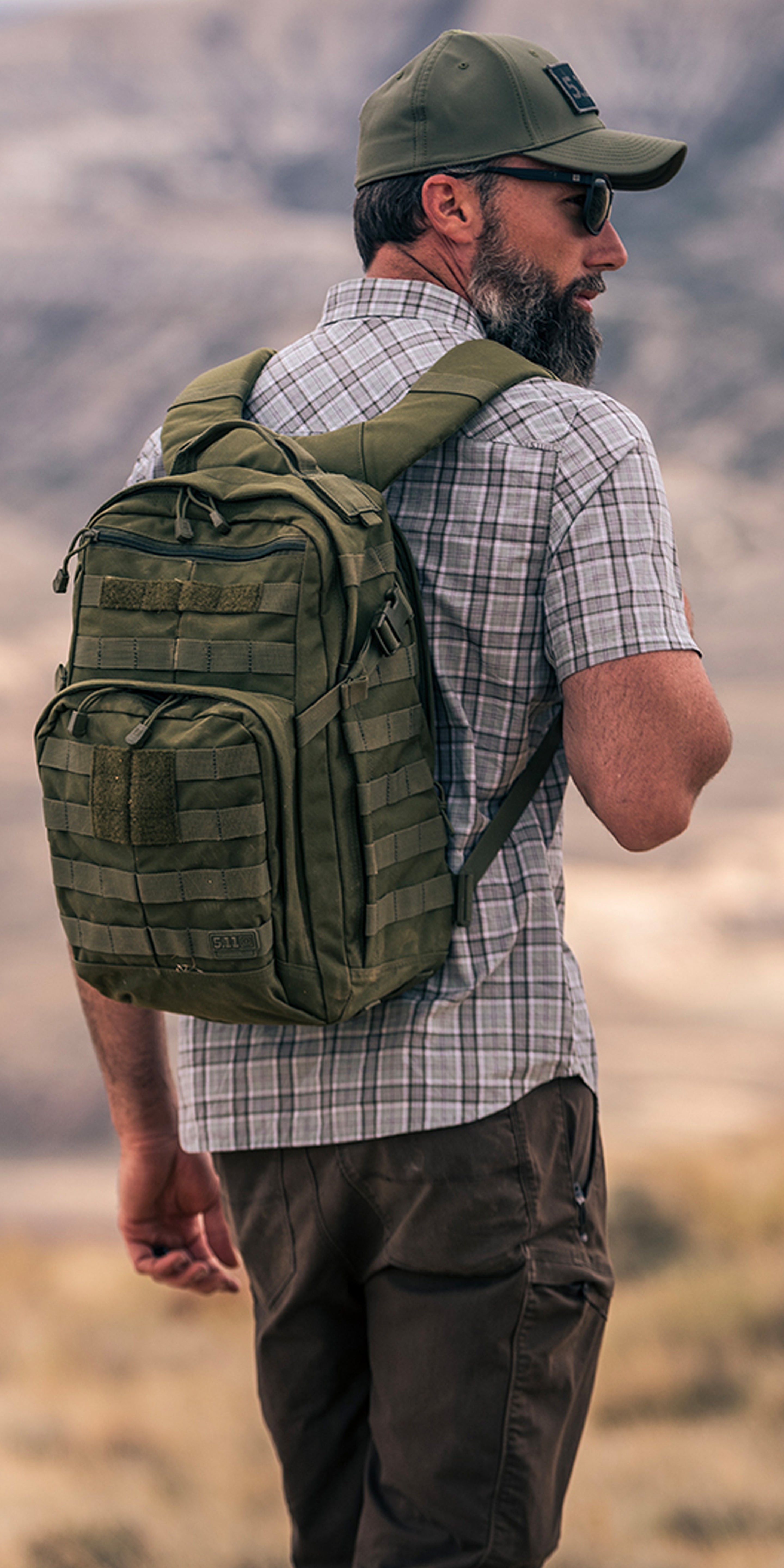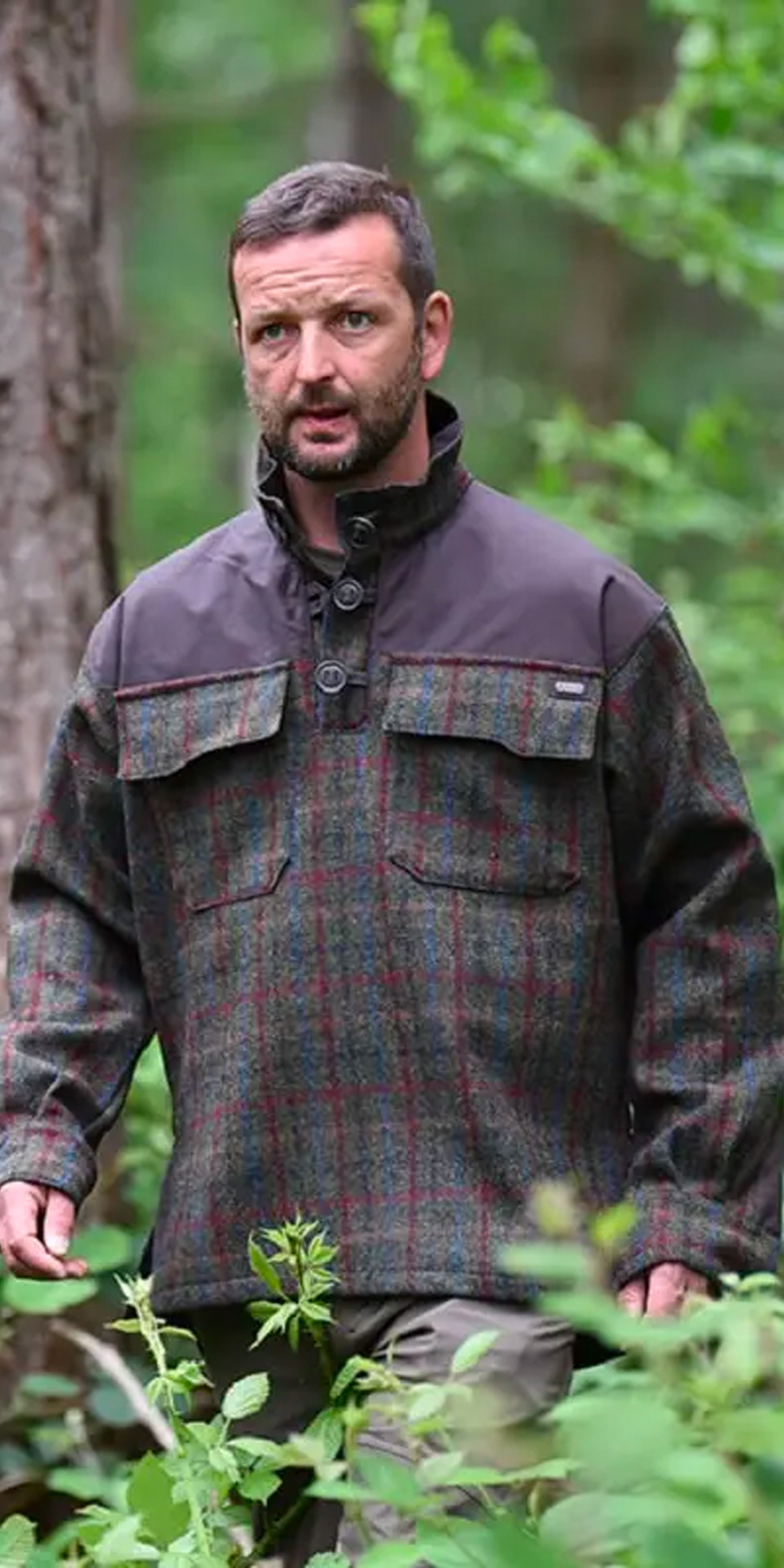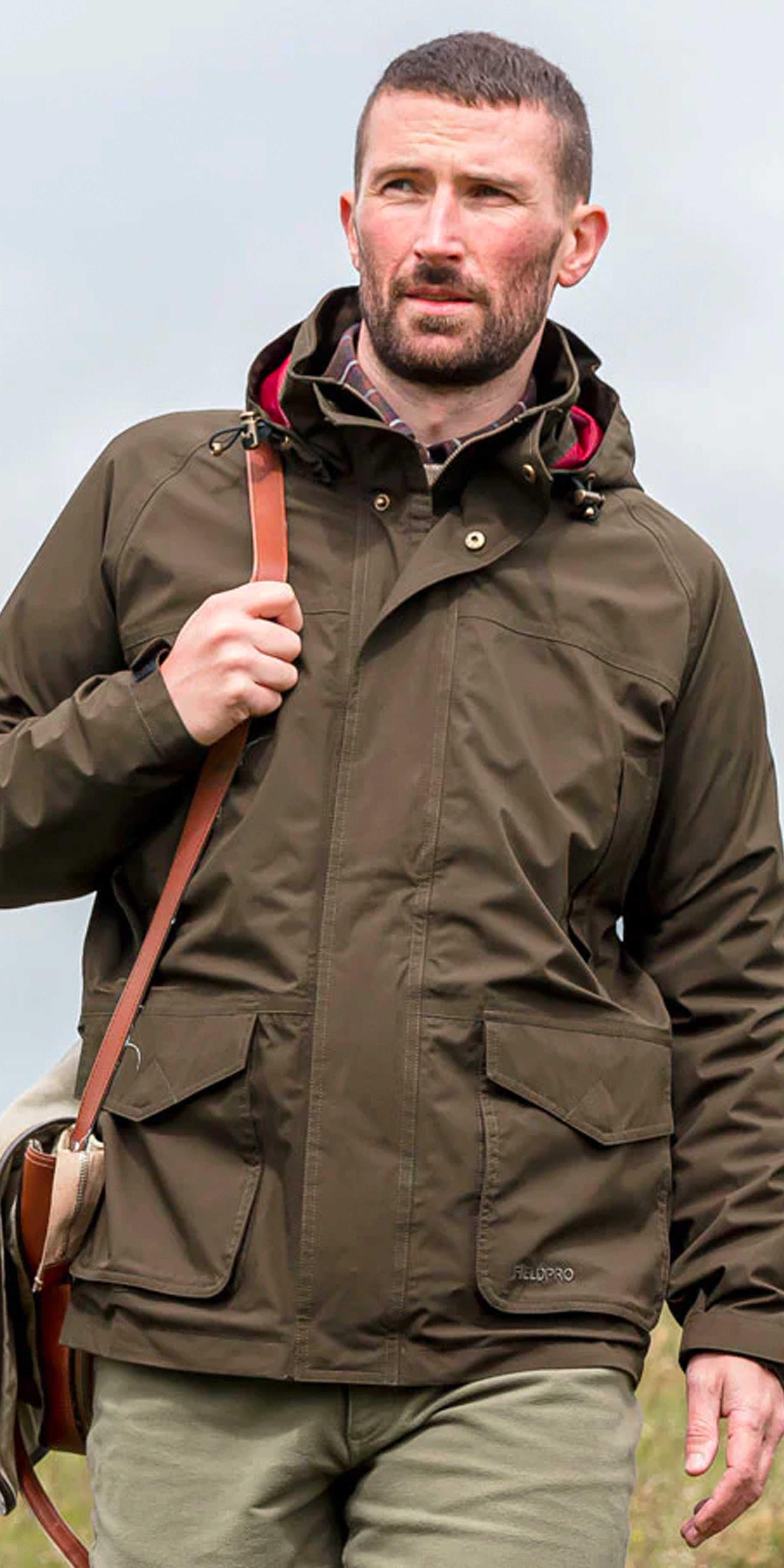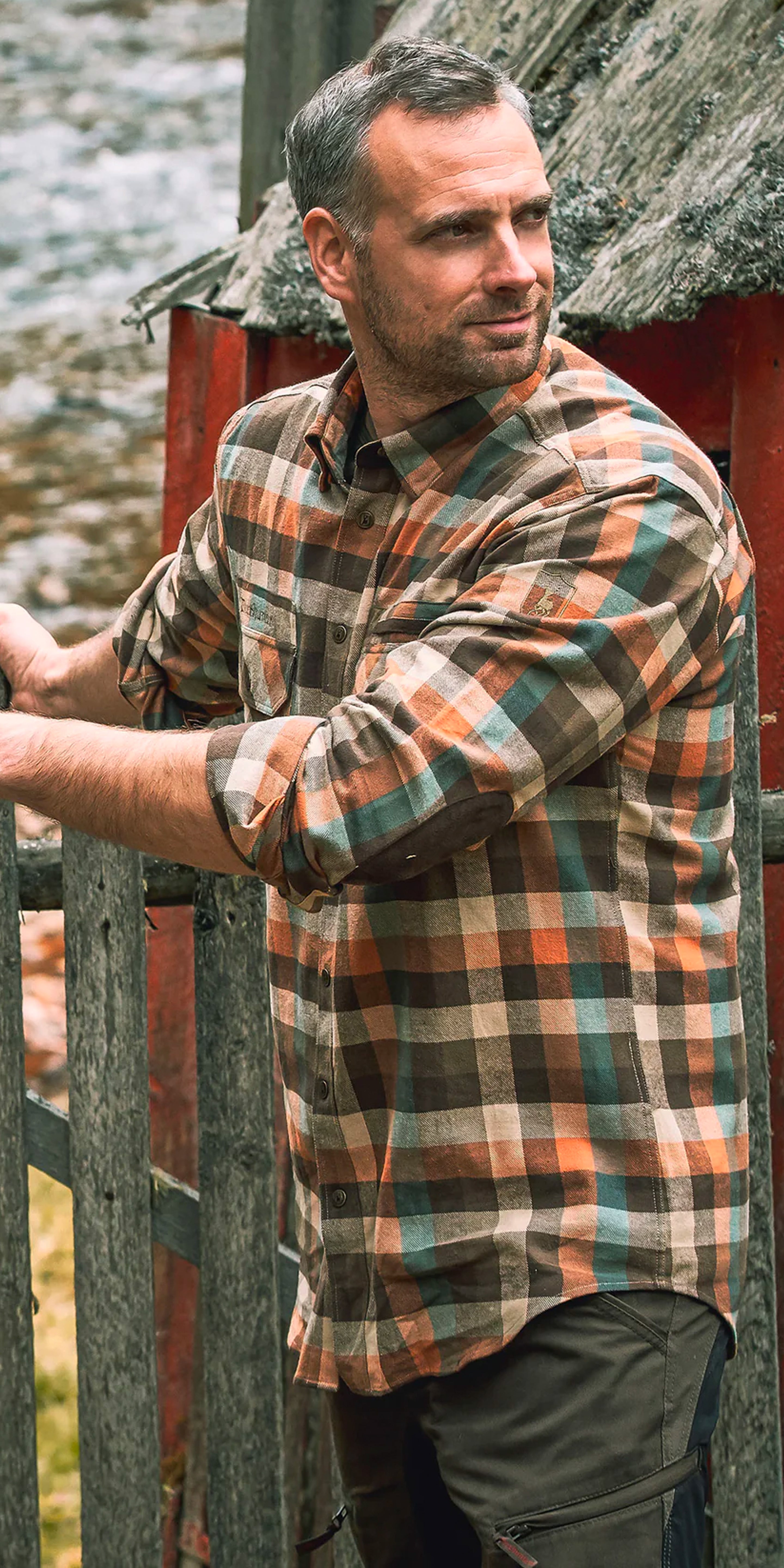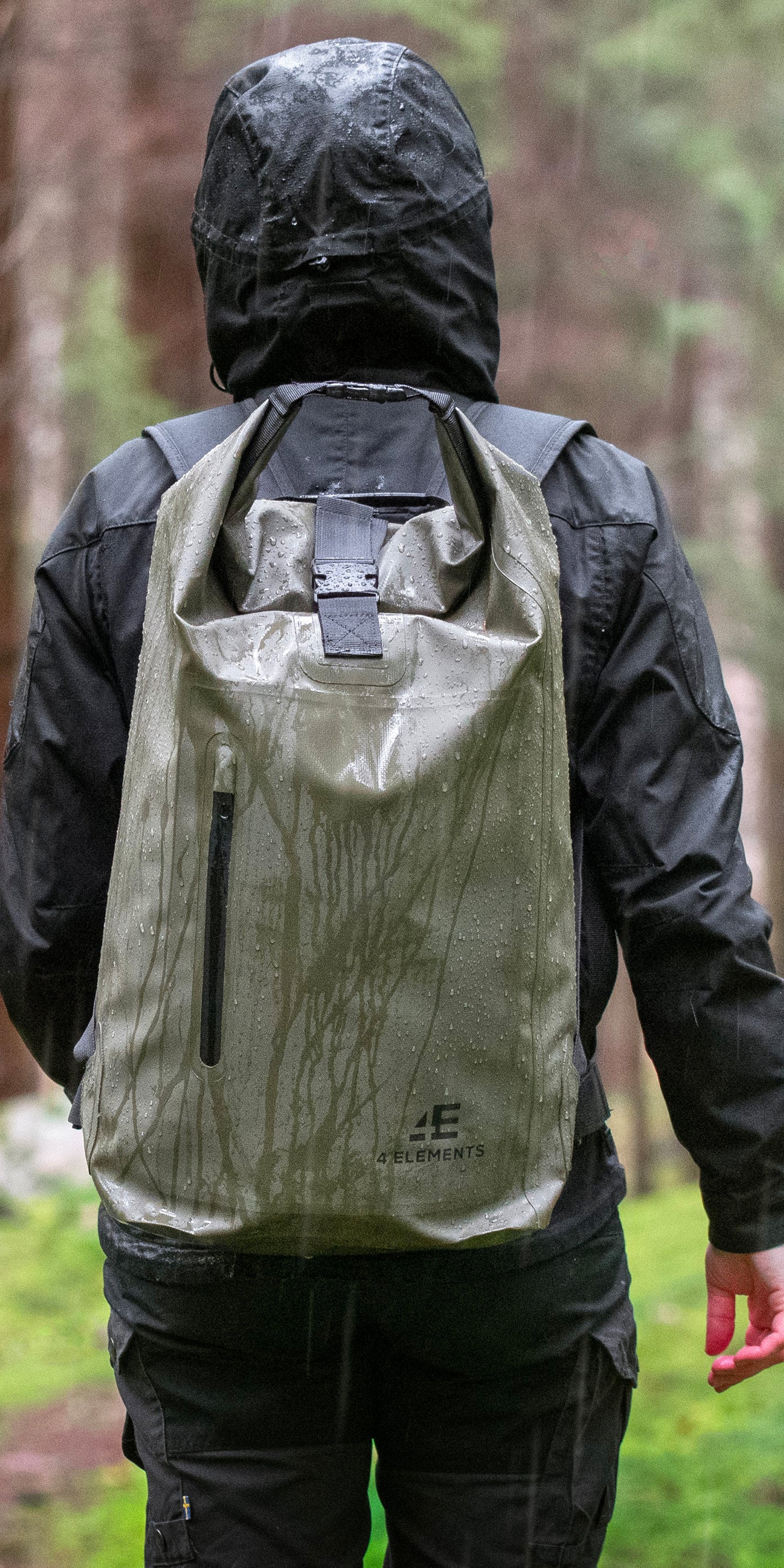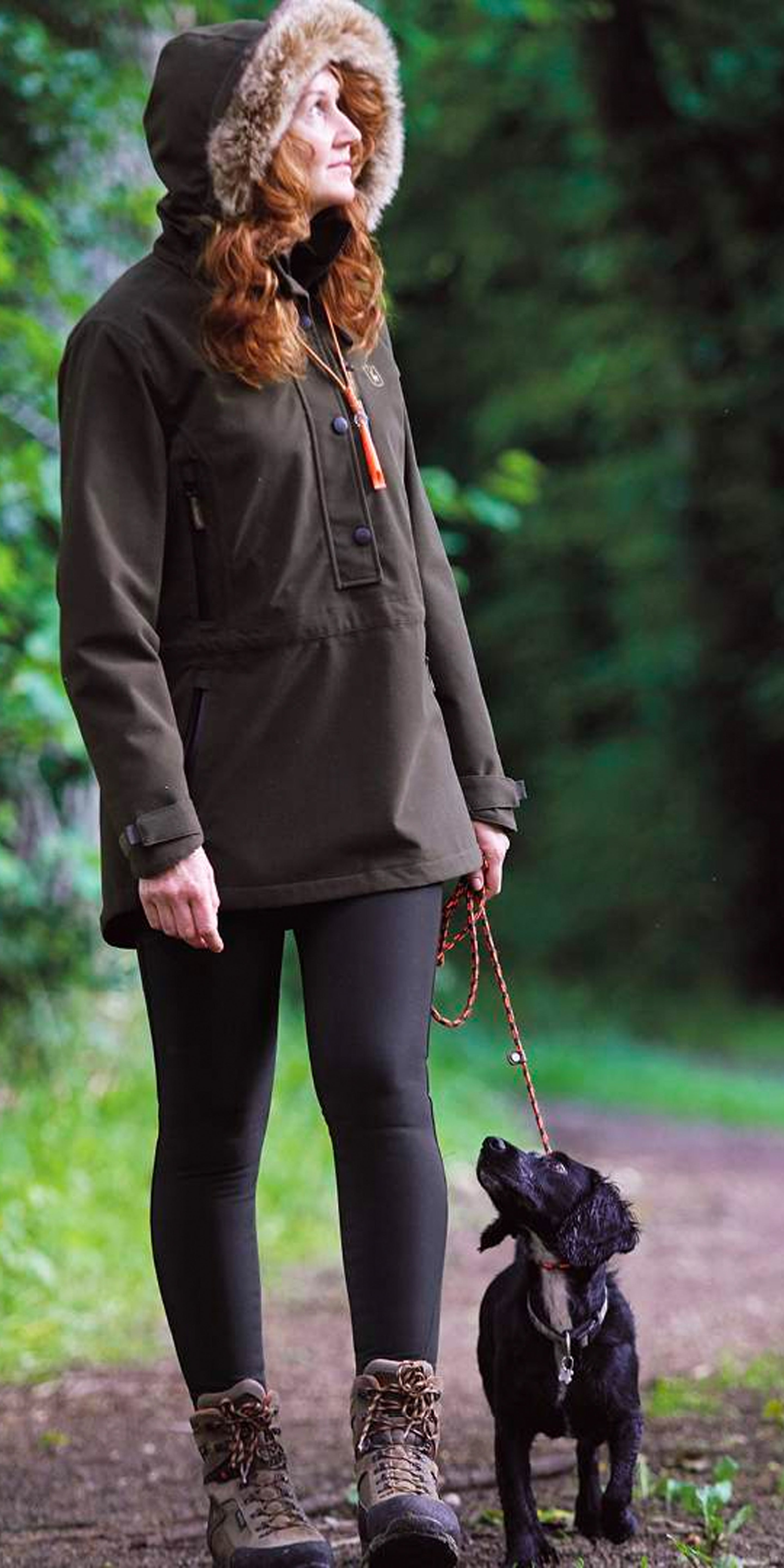Deer are an iconic part of the UK's wildlife, roaming woodlands, hillsides, and fields for centuries. These majestic creatures play a vital role in the country's ecosystems, contributing to the biodiversity and health of their habitats. However, rising populations, habitat loss, and human activity have created challenges that make deer conservation more important than ever. Here, we explore the significance of deer in the UK, the challenges they face, and what conservation efforts are doing to safeguard their future.
1. The Role of Deer in UK Ecosystems
Deer have long been an integral part of the UK's natural landscape. They help shape the structure of woodlands and meadows by grazing, which in turn influences plant growth and biodiversity. By browsing on certain species of plants, deer can prevent one species from dominating an area, promoting a balanced ecosystem.
Additionally, their grazing encourages new plant growth, and the open spaces they create in woodlands can provide habitats for a variety of other wildlife, including birds and insects. In this way, deer support a diverse and thriving ecosystem.
2. The Challenges Facing Deer Populations
While deer are crucial to their environment, their populations have grown significantly in recent decades. Without natural predators, such as wolves, in the UK, deer numbers have increased, creating imbalances in some areas. This overpopulation can lead to overgrazing, which affects not only plant life but also the habitats of other animals.
Overgrazing by deer can cause woodland degradation, damaging young trees and preventing natural regeneration. This affects biodiversity, making it harder for forests to thrive and support a wide range of species. Deer also frequently come into contact with farmland, which can result in crop damage, creating tension between wildlife conservation and agricultural needs.
3. Human Impact and Habitat Fragmentation
One of the biggest challenges for deer conservation is the impact of human activity. Urban expansion, road development, and deforestation have reduced and fragmented natural habitats. As deer habitats shrink and become more disconnected, deer are forced to venture closer to populated areas, increasing the risk of vehicle collisions and other conflicts with humans.
In some regions, the encroachment of urban spaces into deer habitats has led to rising instances of deer-vehicle collisions, posing a risk to both deer and people. Habitat fragmentation also makes it difficult for deer to find sufficient food and shelter, increasing pressure on the remaining green spaces.
4. Conservation Efforts: Managing Deer Populations Responsibly
Effective deer conservation in the UK revolves around maintaining a balanced population that supports ecosystems while reducing human-wildlife conflicts. Conservation organizations and wildlife management groups are working to ensure that deer populations are sustainable and in harmony with the environment.
One key aspect of this is habitat management. Restoring and protecting woodland areas ensures that deer have access to food, shelter, and space to roam without overwhelming local ecosystems. By improving habitats, conservationists can help mitigate the effects of overgrazing and promote biodiversity.
Selective culling is another controversial, but often necessary, approach to managing deer numbers. In areas where deer populations are too high for the ecosystem to support, culling helps prevent overpopulation and reduce pressure on plant life. When carried out ethically and based on scientific research, it can be an effective tool for promoting healthier ecosystems and reducing negative human-deer interactions.
5. Reforestation and Habitat Restoration
Reforestation is another critical strategy in deer conservation efforts. By restoring woodlands, conservationists can create more natural spaces where deer can thrive without negatively impacting the environment. Large-scale tree planting and habitat restoration projects not only support deer but also help combat climate change, as forests play a significant role in carbon sequestration.
Collaborative efforts between conservation groups, landowners, and local communities are essential to ensuring that deer have access to the resources they need while protecting the interests of farmers and minimizing conflicts. Creating wildlife corridors—areas that connect fragmented habitats—allows deer and other wildlife to move freely between habitats, reducing the risk of overgrazing in any one area and promoting biodiversity.
6. Promoting Awareness and Education
Public awareness and education play a vital role in deer conservation. By teaching people about the importance of deer in ecosystems and the challenges they face, conservationists can inspire support for initiatives aimed at protecting these animals. Simple steps like slowing down in areas where deer are known to cross roads and supporting local conservation projects can make a big difference.
Volunteers and community groups can also get involved in habitat restoration efforts, tree planting, and conservation initiatives, helping to create sustainable environments for deer and other wildlife.
7. Looking to the Future: A Balanced Approach
Deer conservation in the UK requires a balanced, multi-faceted approach. While overpopulation can cause environmental degradation, well-managed deer populations play a crucial role in maintaining the health of ecosystems. The challenge is to find sustainable solutions that protect deer and their habitats while addressing the needs of local communities and other wildlife.
By continuing to invest in habitat restoration, responsible population management, and public education, we can ensure that deer remain a thriving part of the UK's natural landscape for generations to come.
Conclusion
Deer conservation is not just about protecting a single species; it’s about preserving the delicate balance of ecosystems across the UK. By understanding the role deer play in their environment, the challenges they face, and the solutions available, we can work towards a future where deer and other wildlife flourish in harmony with human activities. Together, through thoughtful conservation efforts, we can protect these magnificent creatures and the habitats they depend on.


